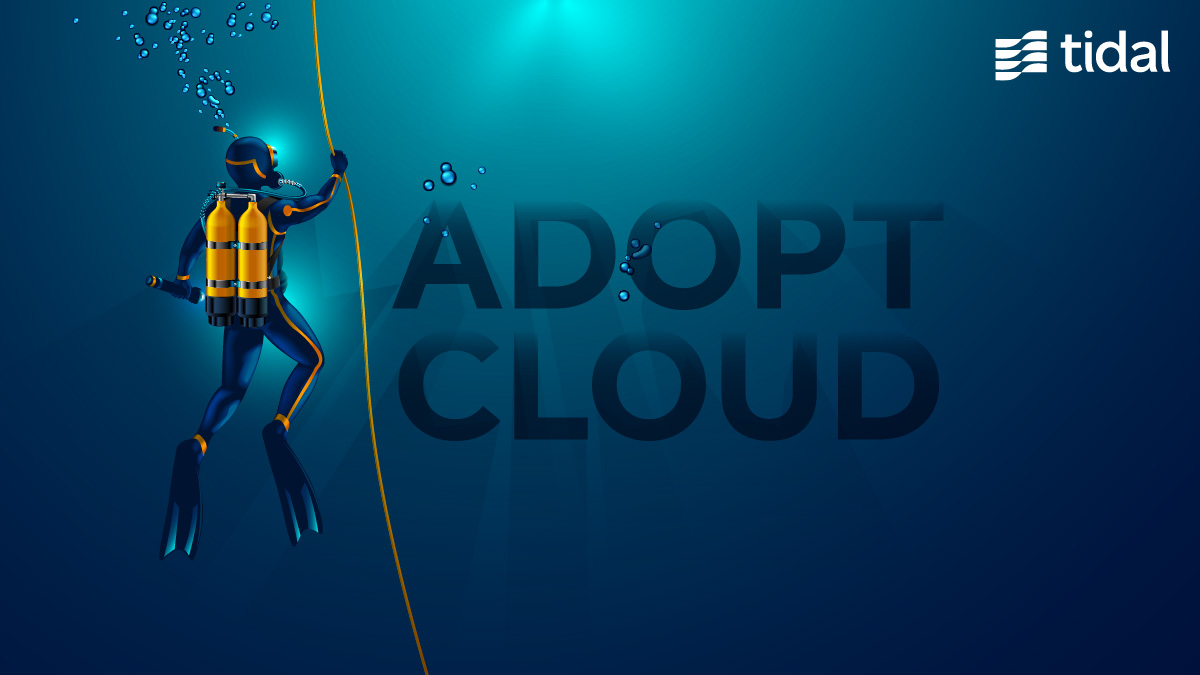My Opinion: Why Enterprise IT Fails to Adopt Cloud
Spoiler Alert: This post contains some grand generalizations and stereotyping. Lots of people working in Enterprise IT do “get” DevOps, NoOps and cloud computing but they aren’t the majority and they don’t usually have the loudest voices.
Enterprise IT has traditionally been organized as a supply chain for applications — the plan, design, develop, test, deploy and operate cycle for systems has existed for more than 50 years. However, too many IT folks haven’t worked in a software development setting for the past 10 years, and have missed so much of what has changed in software engineering.
Enterprise IT has always believed in the “no surprises” approach; that is, keep the business working by controlling change, maximizing stability and reacting carefully. IT operations endorses the principle that changes are bad, risky things that require months of planning and an army to pull off. This leads to endless discussions around formal project management, change approval boards and strict infrastructure capacity constraints.
Making matters worse, many of today’s enterprise IT managers still budget and plan for these custom software projects with long, waterfall-based development times. I feel this is mostly because any new application development must then fit into the tried and true processes for IT system management. Yikes. No wonder my new passport is delayed.
I’ll cut to the chase: If your software project plan is five years long, you’re doing it wrong.

Thankfully, over the last decade the whole IT ecosystem has changed to a much more on-demand, rapid reaction approach. Software engineering teams have embraced test automation, microservices architectures powered by stateless linux containers and serverless technologies as well as, of course, continuous delivery techniques. This modernization of development enables faster, smaller and more manageable changes. Product development teams are able to deploy new code, fix bugs and deliver enhancements multiple times per day — something that was unheard of only a few years ago.
Enterprise IT continues to fail at adopting technology advancements such as cloud computing due to a lack of mindfulness.
Enterprise IT continues to fail at adopting technology advancements such as cloud computing due to a lack of mindfulness — there is a disconnect between the infrastructure operators and the developers they are meant to be supporting. Product teams, not getting what they needed from the IT infrastructure, paved the way to the cloud by using “shadow IT” and adopting a “get it done” attitude.
The pressure on Enterprise IT groups, who are struggling to stay relevant, has caused many of them to undertake cloud projects on their own terms — without broad support from the developers they claim are their customers. These projects tend to focus on risk management, network controls, naming conventions and RACI charts when they should be embracing rapid product cycles and shipping code.
Don’t expect your DevOps or cloud project to be well received if it doesn’t kickoff with “How can we ship code faster?”
The number of highly-visible Digital Transformation initiatives would suggest that the supply chain model of IT is no longer working. Re-focusing on rapid response, innovation and collaboration among partners is becoming business critical.
It all comes down to people, sitting on opposite sides of a boardroom table that really needs to be cut into a circle.
Tidal is fortunate to have had success in bridging the divide between Dev and Ops teams through a mix of high-touch stakeholder engagements, organizational change management and some good old-fashion hackathon style projects. This all happens through collaboration with clients and their service providers.
If we can do it, so can you — extend that olive branch to your developers, put yourself in their shoes, and ask how software can be delivered in better ways.
-David Colebatch
Chief Migration Hacker, Tidal


